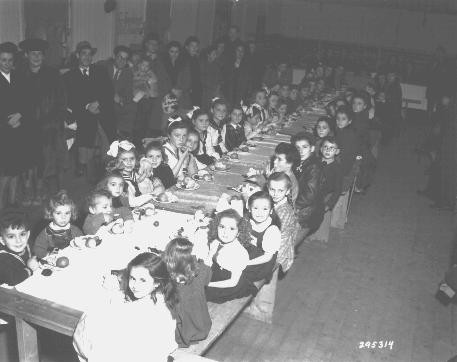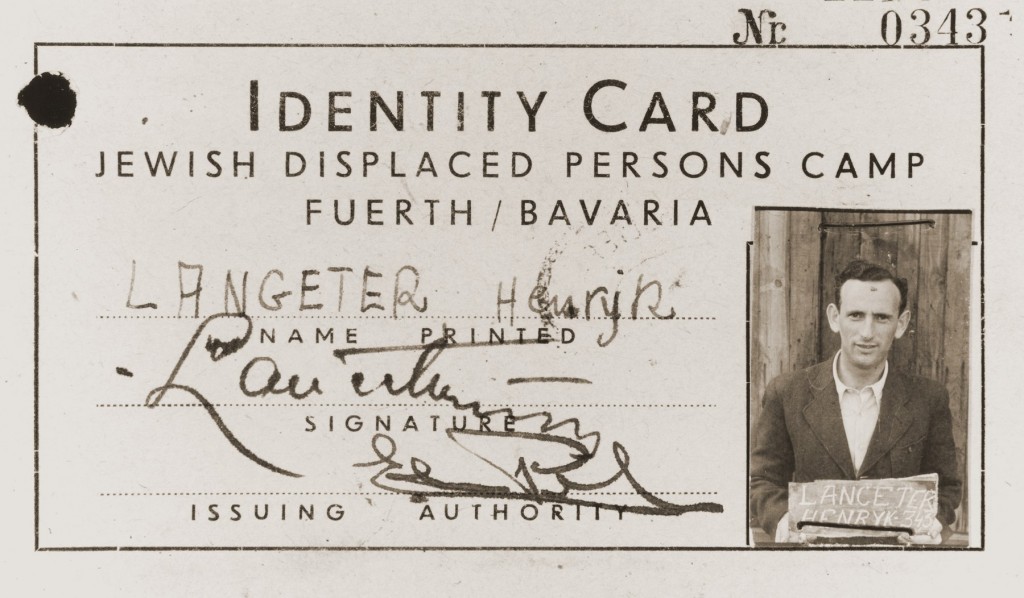
Fürth Displaced Persons Camp
For the Jews who survived the Holocaust, the end of World War II brought new challenges. Many could not or would not return to their former homelands, and options for legal immigration were limited. In spite of these difficulties, these Jewish survivors sought to rebuild their shattered lives by creating flourishing communities in displaced persons camps in Germany, Austria, and Italy. In an unparalleled six-year period between 1945 and 1951, European Jewish life was reborn in camps such as Fürth.
The Fürth displaced persons (DP) camp was located in the American-occupied zone of the Bamberg District in Fürth and organized from fifty requisitioned German houses. It held primarily Jewish survivors of the Holocaust.

The camp maintained a Talmud Torah (religious elementary school) and a kosher kitchen, supervised by Rabbi Spiro, which fed up to 200 persons, as well as a mikvah (Jewish ritual bath). At its peak in December 1945, the camp housed 850 Jews but by July 1949, only 76 remained.
Fürth ceased operations on July 15, 1949.
Critical Thinking Questions
- What challenges did survivors face in the DP camps?
- What challenges did the Allies face in establishing and supervising DP camps?
- What responsibilities do (or should) other nations have regarding refugees from war and genocide?

